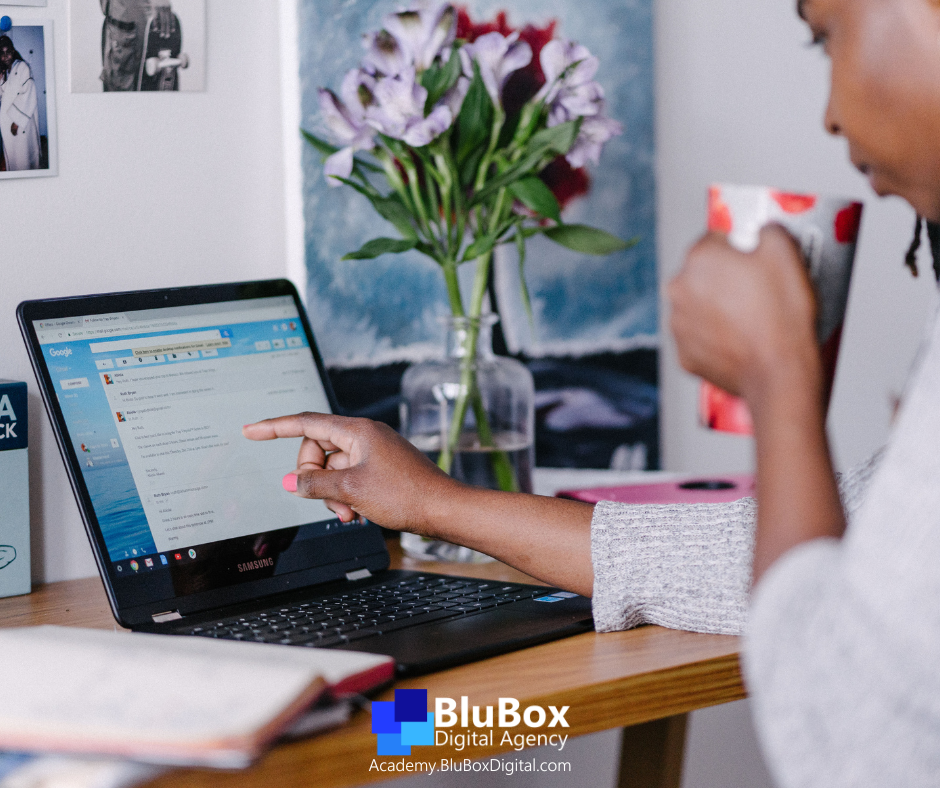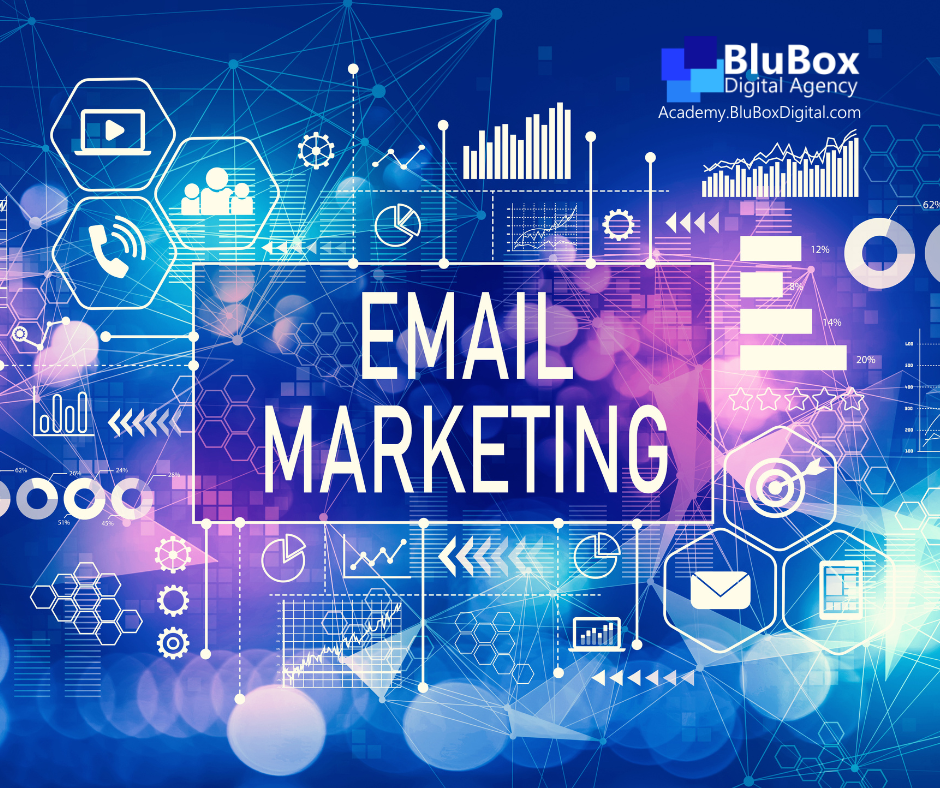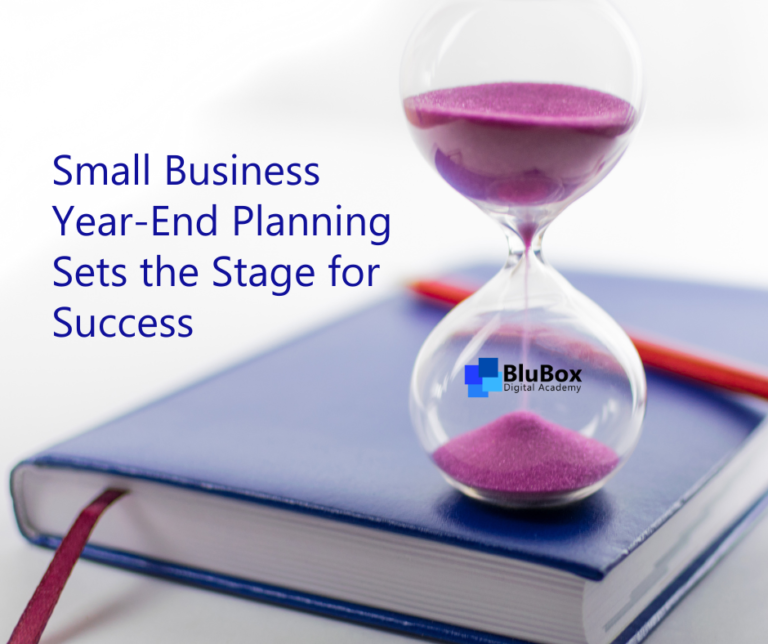How Timing and Frequency Impact Your Email Marketing Success
Email marketing remains one of the most effective tools for connecting with your audience directly, landing right in their inboxes.
But what makes a successful campaign?
Timing and frequency play a huge role in achieving email marketing success.
Let’s see how you can maximize your email campaigns with these factors in mind.
Timing Is Everything for Email Marketing Success
When it comes to email marketing, sending your messages at the right time can make all the difference.
For many service-based businesses, sending emails between Tuesday and Thursday often brings the best results.
But it’s not a one-size-fits-all approach.
Why?
Every audience is unique.
While these days might work well for some, your specific audience might respond better to a different schedule.
It’s important to experiment with various send times, whether it’s early mornings, afternoons, or late evenings.
Most email platforms even let you resend unopened emails, which can boost your open rates by 2% to 10%.
This means if your first send garners a 15% open rate, resending it to those who didn’t open it could bump that number up to 20%.
Segmentation: Reaching Your Audience at the Right Time

Understanding who your audience is will help you decide when to send your emails.
Different groups have different habits, so segmenting your audience can really help tailor your strategy.
- Business-to-Business (B2B) Audiences: Professionals often check emails during typical business hours. Sending your emails early in the morning or later in the evening can increase your chances of landing in their inboxes at the right time.
- Students: This group is more likely to engage with emails during evenings or weekends when they have more downtime. Sending emails more frequently might be needed to cut through the noise of their cluttered inboxes.
- Stay-at-Home Parents: Timing is key here. Many parents check emails during their children’s nap times or after bedtime. Knowing your audience’s daily routine can make a big impact on your open rates.
Taking a customer-focused approach and scheduling emails when your target audience is most likely to check their inboxes can make a significant difference in engagement.
Quality Content Drives Email Marketing Success
Of course, it’s not just about when you send your emails; what you say matters just as much.
People won’t engage with emails that don’t provide value.
To make sure that your small business achieves email marketing success:
- Personalize Your Emails: Address your subscribers by name and tailor your content to their interests. Personalized emails are more likely to be opened and clicked on.
- Focus on One Clear Call-to-Action (CTA): Avoid bombarding your readers with too many options. Instead, lead them toward one action, whether it’s reading a blog post, purchasing a product, or watching a video.
When your content is engaging and easy to digest, readers are more likely to take the desired action, boosting your conversion rates.
Analytics: The Key to Email Marketing Success

Tracking your results is important to improving your email campaigns.
By keeping an eye on open rates, click-through rates, and unsubscribe rates, you can gain insights into what’s working and what isn’t.
- Open Rates: High open rates indicate that your subject lines and send times are on point.
- Click-Through Rates: These show whether your content and call-to-action are compelling enough to encourage users to click.
- Unsubscribe Rates: If these are low, it’s a good sign that your content resonates with your audience.
Regularly reviewing these metrics can help you make data-driven decisions to fine-tune your email marketing strategy.
Stay Consistent to Stay Relevant
Consistency is key when it comes to email marketing success.
While you don’t want to bombard your audience with too many emails, sending them too infrequently can cause disengagement.
Striking the right balance will keep your business top of mind without overwhelming your subscribers.
Regularly sending valuable content will maintain your audience’s interest and ensure they look forward to your emails.
Over time, you’ll build stronger connections, leading to more conversions and better results for your business.
Ready to Boost Your Email Marketing Success?
If you’re looking for more tips on how to improve your email marketing strategy, get in touch!
Whether you’re new to email marketing or looking to sharpen your skills, we’ve got the resources to help you succeed.
Ready to learn more about building a winning email marketing strategy? Head over to BluBox Digital Academy for all the tools and tips you need to take your email campaigns to the next level!







